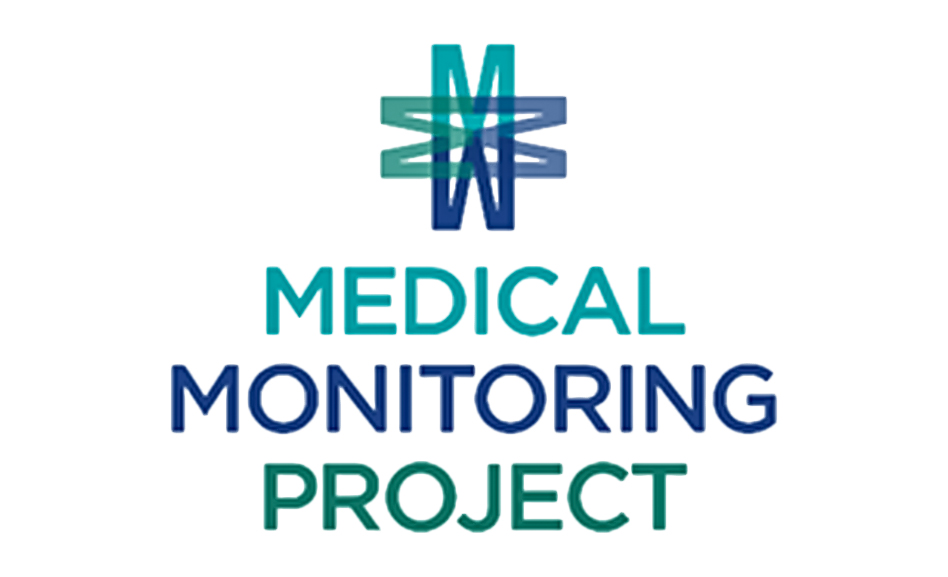The Centers for Disease Control and Prevention on Tuesday, Aug. 22, published data from the 2021 cycle — June 2021–May 2022 — of the annual Medical Monitoring Project that reports nationally representative estimates of behavioral and clinical characteristics of adults with diagnosed HIV infection in the United States.
Data in the report, researchers say, provides “information critical for achieving national HIV-related goals, including data used to monitor five National HIV/AIDS Strategy quality of life indicators and HIV stigma.
Findings in the report include:
- The percentage of people with diagnosed HIV who reported good or better health was 72 percent in 2018 and 69 percent in 2021 (2025 NHAS goal is 95 percent).
- The percentage of people with diagnosed HIV who had an unmet need for mental health services was 24 percent in 2017 and 28 percent in 2021 (2025 NHAS goal is 12 percent).
- During 2018–2021, unstable housing or homelessness among people with diagnosed HIV decreased from 21 percent to 17 percent (2025 NHAS goal is 11 percent).
- Between 2017 and 2021, the percentage of people with diagnosed HIV who reported unemployment ranged from 14 percent to 18 percent, with 15 percent reporting unemployment in 2021 (2025 NHAS goal is 8 percent).
- The percentage of people with diagnosed HIV who reported hunger or food insecurity was 21 percent in 2017 and 16 percent in 2021 (2025 NHAS goal is 11 percent).
- HIV stigma was measured with a score ranging from 0 (indicating no stigma) to 100 (indicating high stigma). Based on the score, the median HIV stigma score was 31 in 2018 and 29 in 2021 (2025 NHAS goal 16).
For more information, see the full report and key findings here.
— Tammye Nash
















